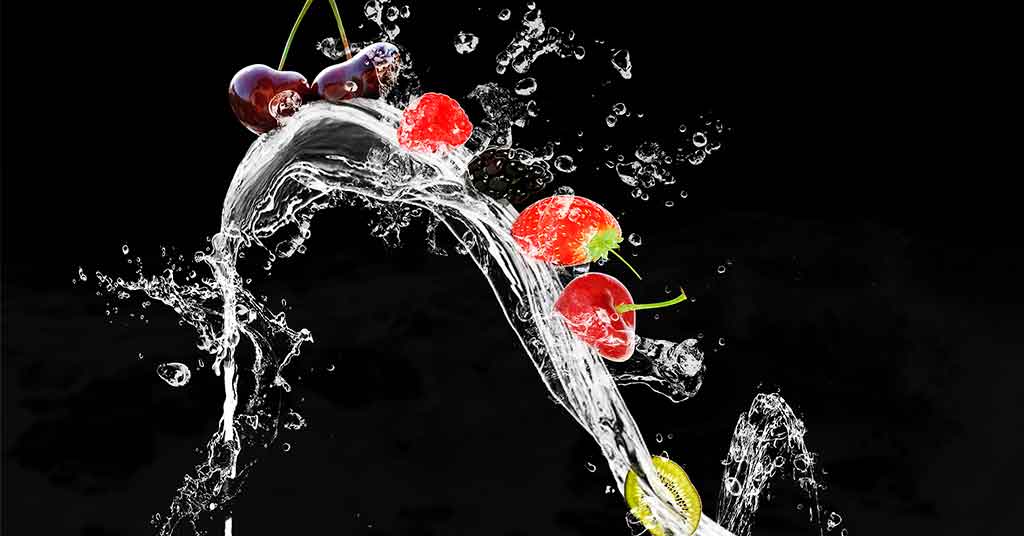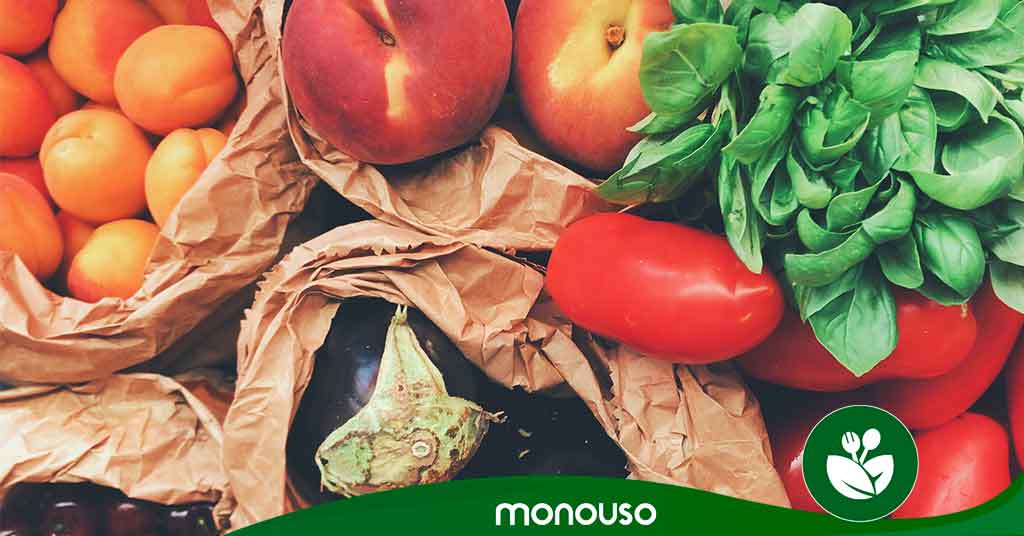How to wash fruits and vegetables effectively? It sounds like a simple question, but every restaurant professional needs to understand the importance of washing fresh produce and maintaining a regular restaurant cleaning routine. According to the FDA (Food and Drug Administration), coronavirus is not spread by eating contaminated food. However, you can protect your customers and staff by using the same food safety practices you would use to prevent foodborne illnesses such as norovirus. This includes washing fruits and vegetables thoroughly to remove any contamination from pesticides, waxes and pathogens.
Tips for washing produce
Before you start washing your produce, here are some tips to keep in mind:
✅ Wash your hands with soap for 20 seconds or more.
✅ Designate and sanitise a produce washing station.
✅ Remove produce from bags and boxes immediately.
✅ Discard all bags and containers.
✅ Do not use hand soap, bleach or alcohol on produce.
How to wash vegetables
There are two common methods used to wash produce. Softer produce or leafy vegetables should be cleaned with a soaking method, while firmer-skinned vegetables can be cleaned with a spray solution. We will describe these two methods of cleaning fruits and vegetables, so that you can serve your guests fresh and safe food.
1. How to wash produce with the soaking method
The soaking method of washing produce is ideal for packaged fruits such as berries and cracked vegetables such as broccoli. Soaking produce not only rids it of germs or harmful chemicals, but can also be used to revitalise produce for better flavour and longer life. If you buy local organic fruits and vegetables that do not contain harmful chemicals or preservatives, you can use hot water to rinse your produce.
You will need the following items for this method:
✅ Stainless steel sink.
✅ Food storage tank.
✅ Vegetable wash or distilled vinegar.
✅ Strainer.
✅ Fresh water
These are the steps for washing vegetables and fruits with the soaking method:
- Disinfect the sink, wash hands and use soap and water to clean all areas that come in contact with fresh produce.
- Fill the sink with a diluted wash or vinegar solution. If using a commercial wash, use a 1:30 ratio of wash to water, or approximately 4 to 6 ounces of wash to 3.7 litres of water.
- Soak the vegetables for at least 30 seconds.
- Place them in a colander and use your hands to scrub them while rinsing them with cold water.
- Allow the produce to air dry.
We suggest using these steps with the following types of produce:
- ✅ Lettuce
- ✅ Spinach
- ✅ Kale
- ✅ Cauliflower
- ✅ Broccoli Cabbage
- ✅ Grapes
- ✅ Raspberries
- ✅ Strawberries
- ✅ Blueberries
- ✅ Blueberries

2. How to wash fruits and vegetables with the spray method
Produce with firmer skin such as aubergines, potatoes or cucumbers can benefit from using a spray to thoroughly clean off dirt and pesticides. This method is also ideal for larger, softer fruits and vegetables without cracks and crevices.
To clean fruits and vegetables with the spray method, you will need the following items:
✅ Kitchen sink.
✅ Spray bottle.
✅ Distilled vinegar.
✅ Vegetable preparation brush (optional).
✅ Fresh water.
For effective cleaning of fruits and vegetables, here are the steps to follow:
- Wash your hands and all areas that come in contact with your fresh produce with soap and water.
- Fill a spray bottle with your solution and spray the entire surface of each vegetable or fruit.
- Let the coated produce sit for at least 30 seconds.
- Use your hands or a vegetable cleaning brush to scrub the produce and rinse the solution under cold running water.
- Allow the product to air dry.
The spray method works best with these types of fruits and vegetables:
- ✅ Tomatoes
- ✅ Eggplant
- ✅Potatoes
- ✅ Cucumbers
- ✅Peppers
- ✅ Apples
- ✅Oranges
- ✅ Melons
- ✅Lemons
- ✅ Limes
- ✅ Limes
Cleaning vegetables with vinegar
Adding vinegar to the cleaning of fruit and vegetables can help to remove extrabacteria. Cleaning with water alone has been known to remove 98% of bacteria from fruit and vegetables, but adding vinegar will not harm the process. In some cases, washing fruits and vegetables with vinegar has been known to increase shelf life.
If you opt for vinegar, it is recommended to use a ratio of 1 part vinegar to 3 parts water. Vinegar can be used with the soaking method with the above steps as well as with the spraying method.
Why do you have to wash fruits?
Washing fruits and vegetables is an important part of food safety, as you can help prevent cross-contamination while removing pesticides or chemicals from your produce. Thoroughly inspecting and washing vegetables before serving them increases the chance of avoiding an outbreak of foodborne illness caused by contaminated produce. In addition, chemicals used in pesticides can irritate diners with sensitive stomachs or allergies.
By washing every piece of produce that will be served raw, you will greatly reduce the likelihood of your customers contracting a foodborne illness, and you will implement safe food preparation practices in your restaurant, deli, bar or catering business. In addition, obtaining a food handling certification is essential in the food service industry and will help ensure that you continue to serve safe and clean food to your customers.
At Monouso we offer hygiene products to help you with this super important process. Don’t hesitate to take a look at our bags to help you get your fruit and vegetables from the shop to your home in an environmentally friendly way

